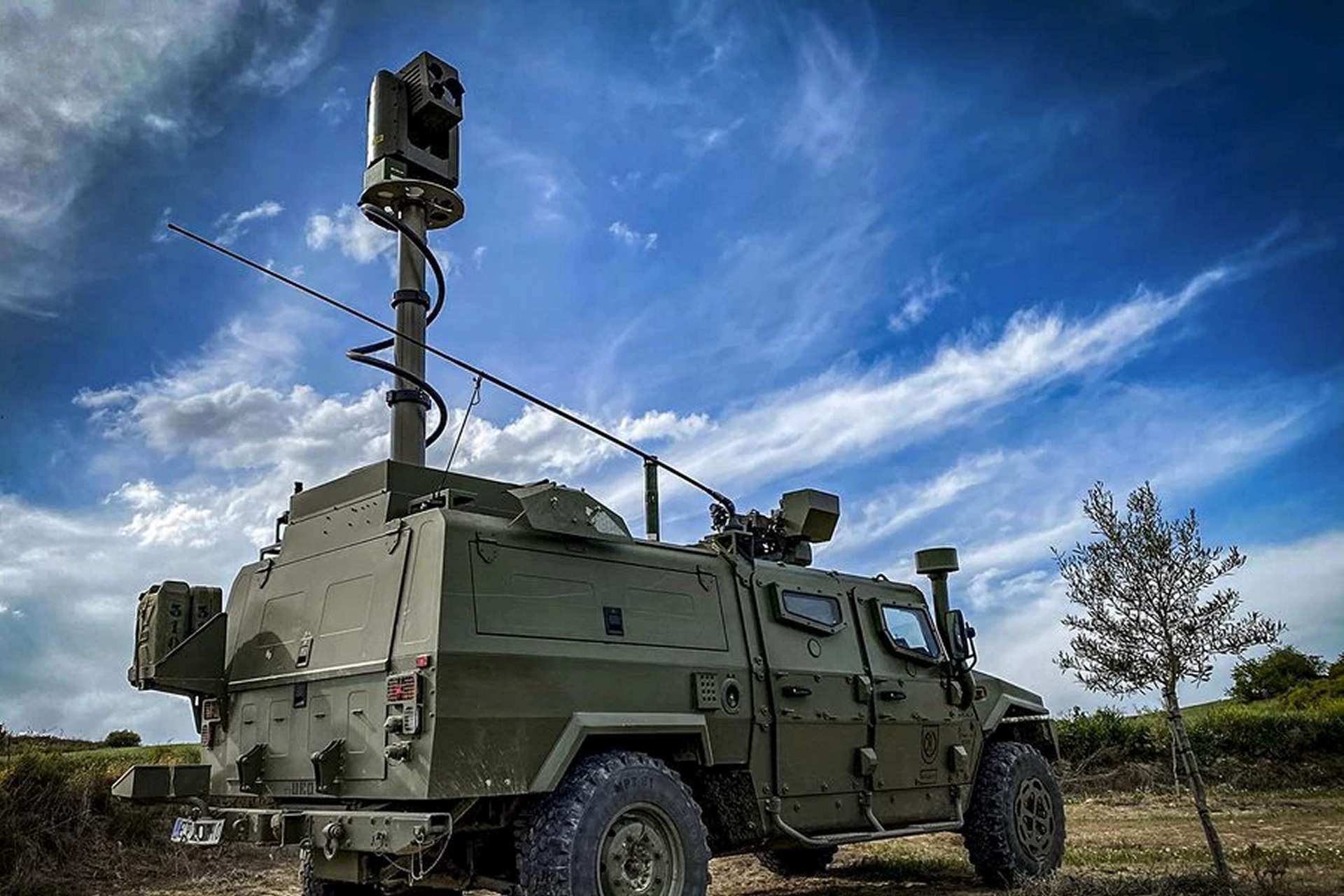Breaking News
Spanish Army Upgrades UROVESA 4x4 VAMTAC ST5 Reconnaissance Vehicle with Drones to Enhance Surveillance Capabilities.
According to an article published on August 19, 2024, by the Spanish newspaper Infodefensa, the Spanish Army is set to take an important step forward in enhancing its surveillance and reconnaissance capabilities. After several delays, the second phase of the VERT (Vehículo de Reconocimiento Terrestre) program is expected to launch this year. This new version of the VERT will be equipped with high-tech technologies, including the integration of Mini and Micro drones, designed to extend the operational range of cavalry units.

Urovesa Vamtac ST5 Reconnaissance Vehicle (Picture source: Spanish MoD)
The project, part of the Army's Force 35 program, addresses the need to improve the reconnaissance and intelligence-gathering capabilities of ground forces. Mini drones, capable of covering distances of up to 25 km, and Micro drones, with a range of 3 to 5 km, will be directly connected to the VERT 2.0. This configuration will overcome the height limitations of the current sensor systems mounted on the vehicle, providing a broader and more detailed view of the terrain.
The first phase of this program has already equipped the Army with 17 VERT vehicles, currently in service with prestigious units such as the Cavalry Regiment Spain No. 11 and the Legion Brigade. This initial batch of vehicles was developed in collaboration with Navantia Sistemas, which integrated various systems, including cameras, sensors, and image visualization systems, into the Urovesa Vamtac ST5, the vehicle model chosen for this program.
The VERT concept emerged from needs identified during international missions, where the Army learned the importance of increased tactical mobility and protection against modern threats, such as improvised explosive devices (IEDs). The early versions of VERT, based on the Uro Vamtac ST5 vehicle, were deployed in key cavalry units to meet these requirements.
With the VERT program's Phase II, scheduled for 2024, the focus is on integrating Mini and Micro drones to overcome the current limitations of the vehicle-mounted sensor systems. This evolution is crucial for enhancing long-range surveillance capabilities, a necessity in modern military operations. The program is also a response to technological challenges identified within the Force 35 framework, a strategic project aimed at ensuring the Spanish Army's technological superiority by 2035. These technological advancements will enable cavalry units to conduct more effective surveillance and reconnaissance operations, leveraging cutting-edge equipment suited to contemporary challenges.
The Ministry of Defense has already allocated budgetary resources for this project in its 2024 Annual Contract Plan (Pacdef). The tender for acquiring these new platforms is expected to be launched in the coming months, reaffirming Spain's commitment to modernizing its armed forces.
This new development in the VERT program is part of the Army's ongoing efforts to strengthen its ability to project and operate in conflict zones, while ensuring better protection and efficiency for its units on the ground. The integration of drones represents a significant advancement in optimizing surveillance operations, paving the way for a new era of tactical capabilities for the Spanish ground forces.


























